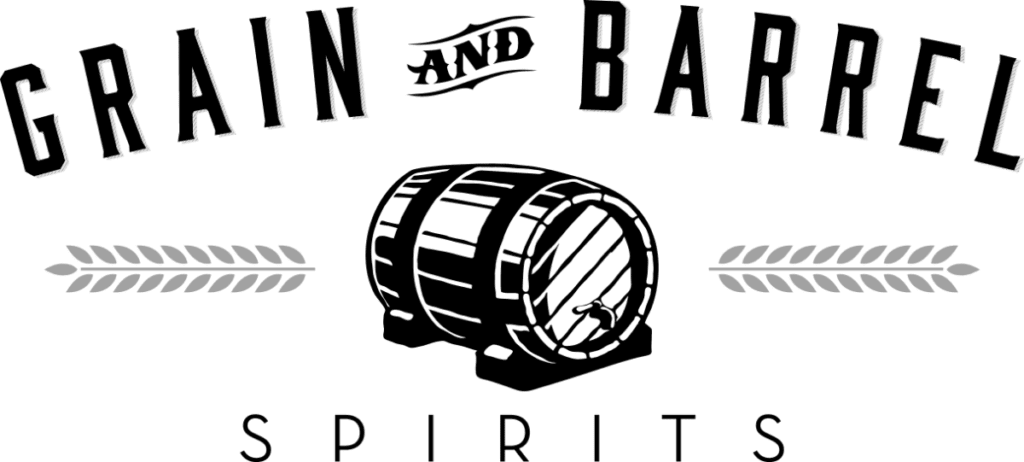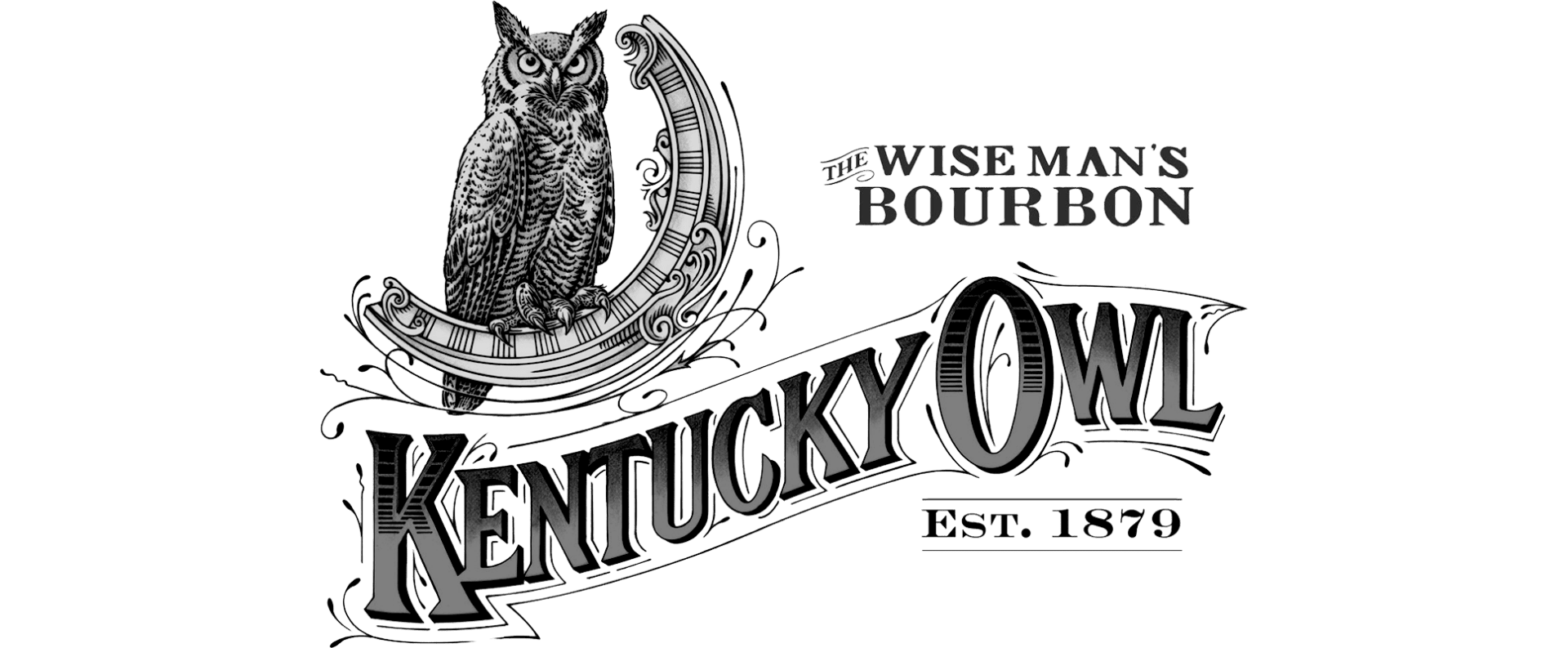Learn
Expert Insights to Elevate Your Brand's Success

How To Build A Successful
Spirit Brand
Alcoholic beverages is one of the largest revenue streams in the U.S. beverage market, and takes up 60% of the total sales. Over the years, the industry keeps growing, making it an attractive option for investors and entrepreneurs alike who are looking for profitable financial avenues. Unlike other economic markets, the adult beverage sector isn’t dominated by large corporations, it’s fragmented with many smaller brands having equal footing in such a competitive market. With opportunities set forth to allow everyone a chance to succeed, it’s possible to carve out a position for yourself. Starting any type of business can be challenging. You’ll need to understand the various nuances and complexities of not only building a brand, but one that incorporates alcoholic beverages.
Fill Out The Form Below To Get Free The E-Book Now
The Secrets Behind Whiskey's
Success
The proverbial pendulum is swinging in the direction of the whiskey and bourbon sector. Across the globe, individuals are enjoying these spirits at an increasing rate allowing it to consume almost half of the top rate spirit brands worldwide. For anyone wanting to break into the market a thorough understanding of the trends and where they are headed is necessary. We breakdown everything you need to know in our ebook “The Secrets Behind Whiskey’s Success: Blends, Sourcing, and Expanding Portfolios.” In it you will get more information about the popularity of the drink and how millennials are making an impact, different types of whiskeys excelling in a crowded market, and how to source and expand your portfolio with whiskey.
Fill Out The Form Below To Get The Free E-Book Now

From Wood To Glass
Every drop of whiskey tells a story, and at Brindiamo, we’re dedicated to making sure it’s a masterpiece. Learn how our expert guidance can enhance every stage of your process, from selecting the perfect barrels to delivering a flawless final product. Ready to take your craft to the next level?

Careers At Brindiamo
Join the Brindiamo Group and become part of a global team of whiskey enthusiasts and industry experts. We offer a dynamic and collaborative environment where your passion for bourbon and whiskey can flourish. With opportunities around the world, we're dedicated to fostering growth and innovation in the spirits industry. If you are driven, innovative, and eager to make an impact, explore a career with Brindiamo Group and help us shape the future of liquid sourcing.
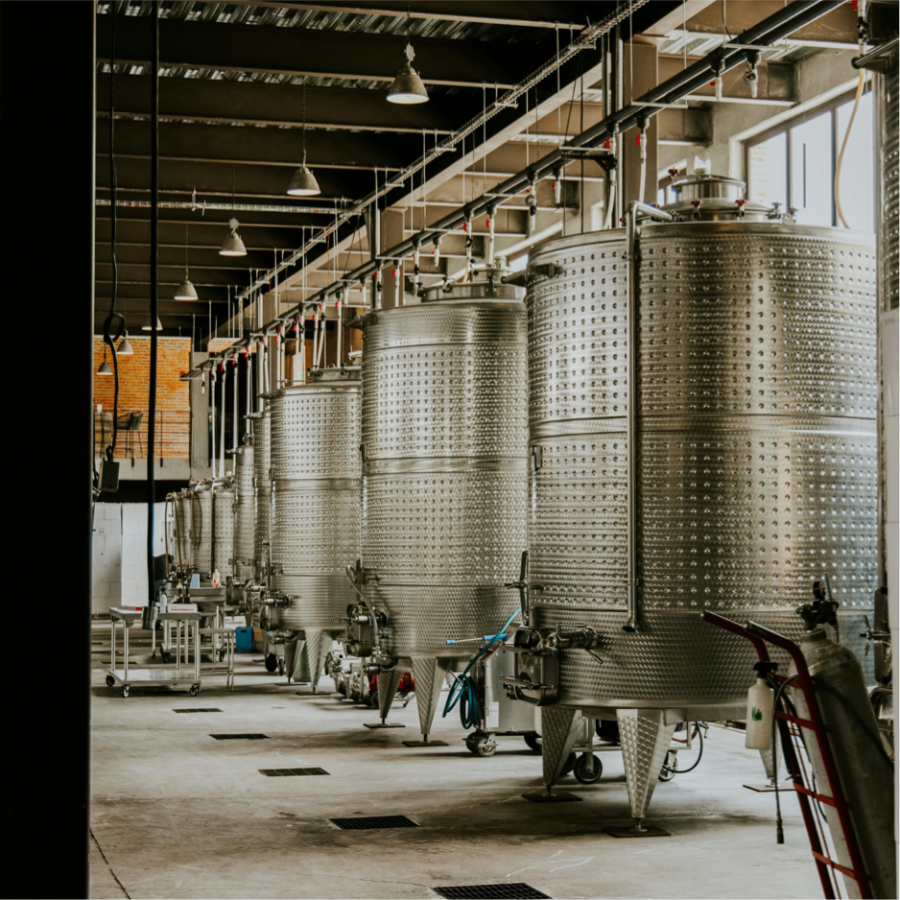
Our Locations
Brindiamo Group prides itself on its strategic locations, which cater to the alcohol industry. Our sophisticated Brindiamo Penthouse in Bardstown, KY, pays homage to Kentucky's esteemed bourbon heritage. Nestled in Gethsemane, KY, our cutting-edge Brindiamo Rickhouses provide top-tier barrel storage solutions. Furthermore, our Brindiamo Warehouse at West Cork Distillery in Ireland plays a pivotal role in supporting the flourishing Irish Whiskey market, boasting an impressive inventory of nearly 10,000 barrels. Each of these locations showcases our unwavering dedication to excellence in liquid sourcing and storage.
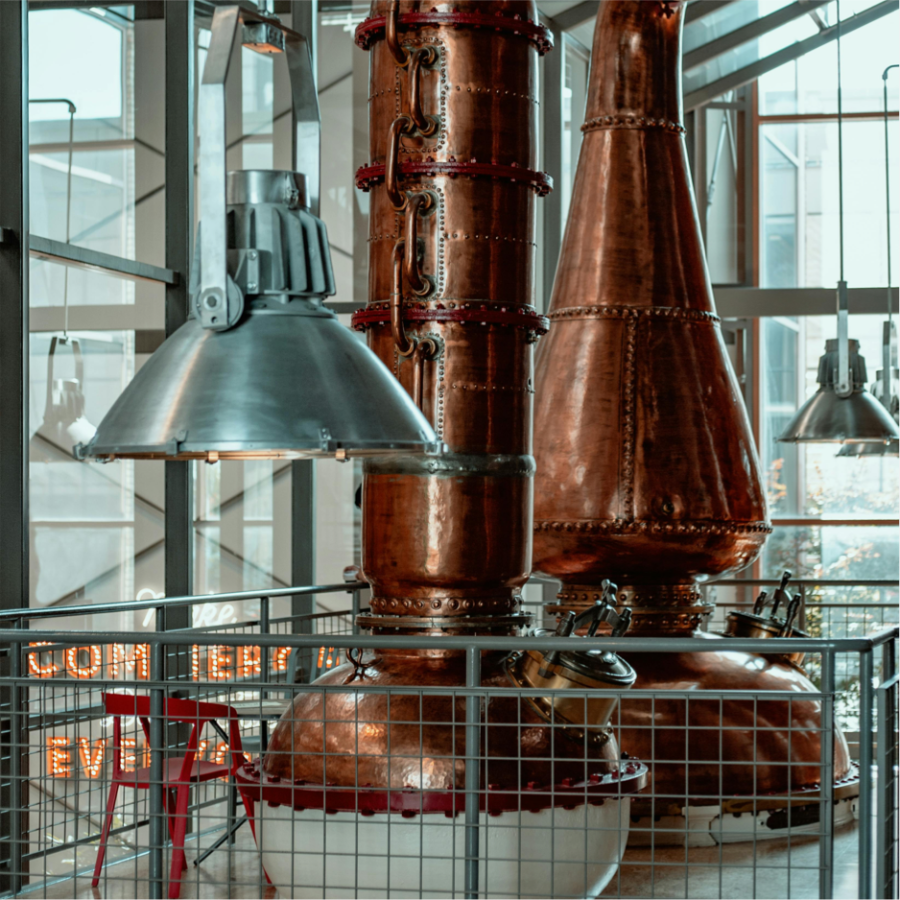
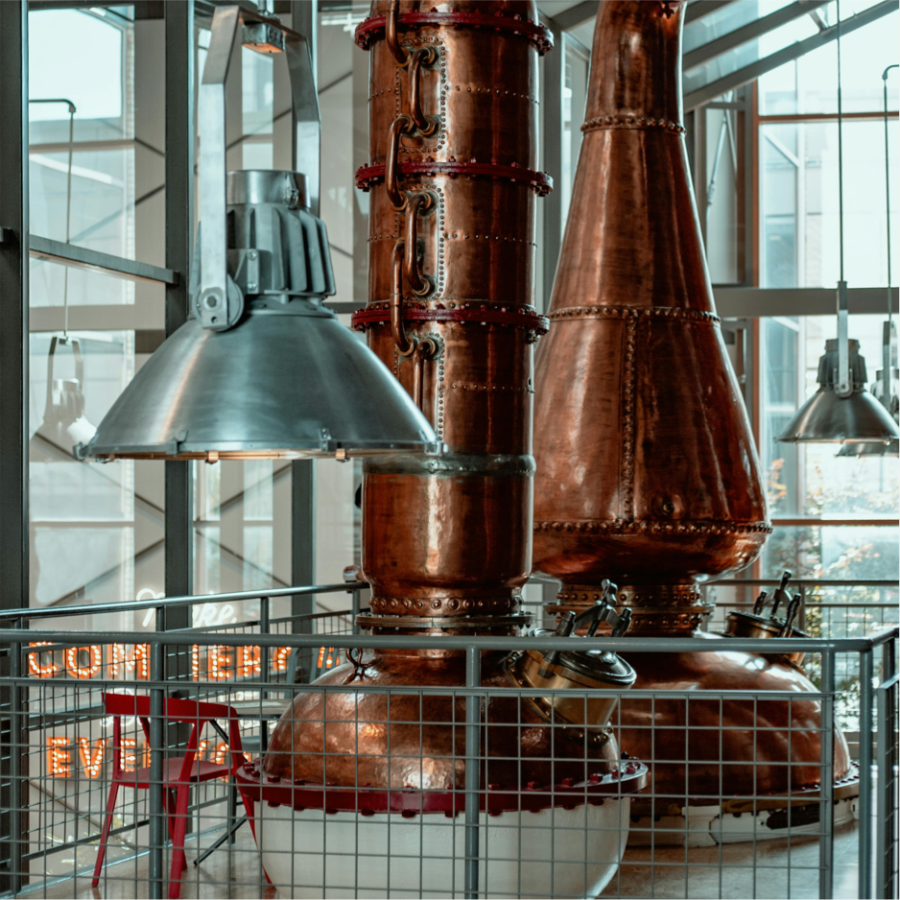
Our Locations
Brindiamo Group prides itself on its strategic locations, which cater to the alcohol industry. Our sophisticated Brindiamo Penthouse in Bardstown, KY, pays homage to Kentucky's esteemed bourbon heritage. Nestled in Gethsemane, KY, our cutting-edge Brindiamo Rickhouses provide top-tier barrel storage solutions. Furthermore, our Brindiamo Warehouse at West Cork Distillery in Ireland plays a pivotal role in supporting the flourishing Irish Whiskey market, boasting an impressive inventory of nearly 10,000 barrels. Each of these locations showcases our unwavering dedication to excellence in liquid sourcing and storage.
Brands We Work With
Our Work with Top Brands in the Alcohol Industry




